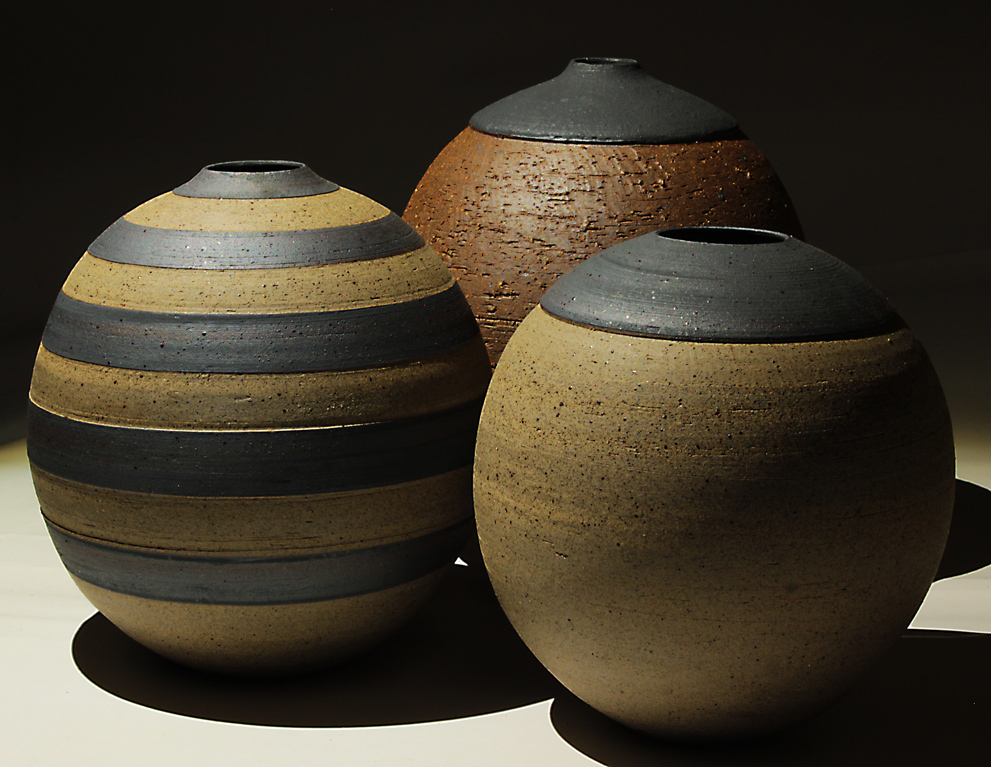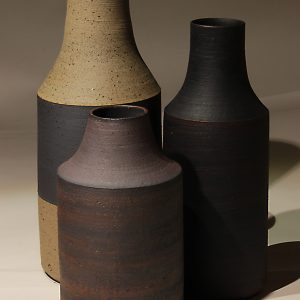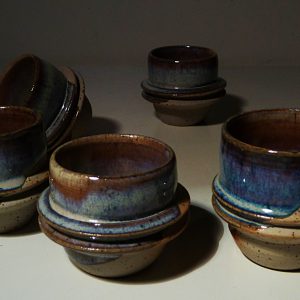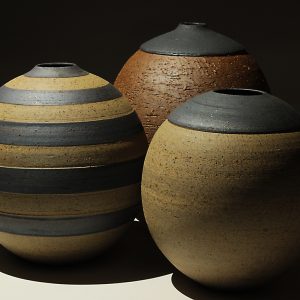Vanni Donzelli was born in Cremona in 1963. Having always cultivated a passion for working in clay, in 1997 he set out as a self-taught ceramic artist, experimenting with various materials and techniques as well as constructing kilns. During his career, he has exhibited in Ravenna, Modena, Milan, and Cremona and has participated in various shows dedicated to ceramics while refining his artistic preparation by attending numerous courses and seminars. He creates sculptures, furnishing ornaments and everyday objects in ceramic, stoneware and porcelain in his workshop in Castelverde with the philosophy of creating one-of-a-kind objects through his experimentation into new forms and surfaces. His work—created by hand or on the potter’s wheel—are decorated with enamels made by himself and either fired using the Raku technique or at temperatures up to 1300°C in his self-constructed brick-lined kiln.
Recommended by:
ELENA AGOSTI
Add to an itinerary







RATINGS
Always interested in sculpture, it seems like Vanni was born with clay in his hands. His training is experimental, he implements different materials ...
Always interested in sculpture, it seems like Vanni was born with clay in his hands. His training is experimental, he implements different materials and techniques, he researches peculiar clays, specifically stoneware, which is not very common in the Italian tradition. He builds his own kilns, seeking to understand the force that transforms matter through the firing process. He draws inspiration from the Far East in terms of materials (glazes, stoneware and porcelain) and from the simplicity of North European contemporary designs, continuing his research on high temperature firings (even beyond 1300° C). His sculptures derive from a combination of physical and material forces: surfaces are turned, cut, scratched, glazed or left plainly matte, rough and opaque. His geometric designs evoke ancient shapes, but essentially they are genuine contemporary designs. He puts the same passion in both the “simple” coffee cup and the one of a kind piece, implementing clean and elegant design lines, which could be defined as materic for the importance and respect given to the starting materials.